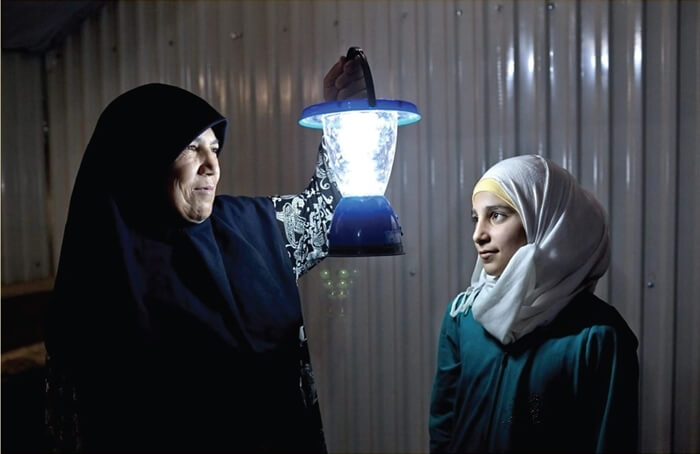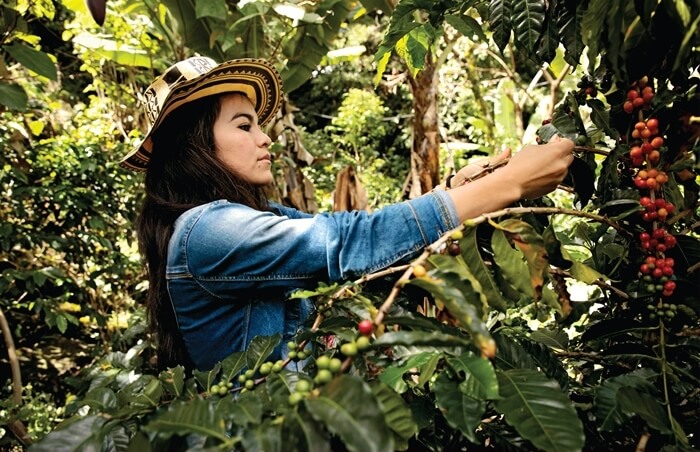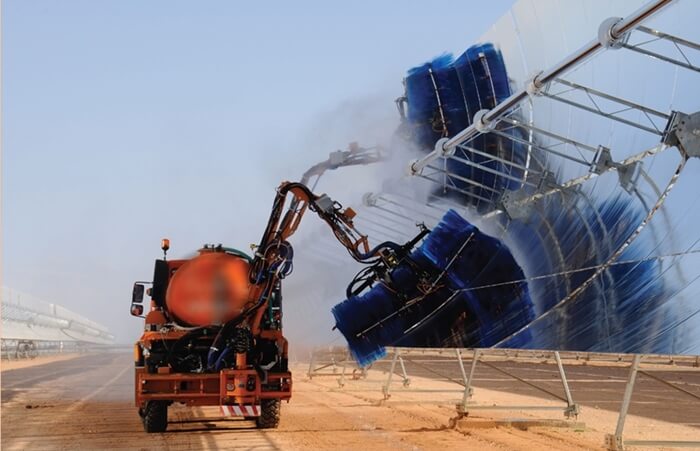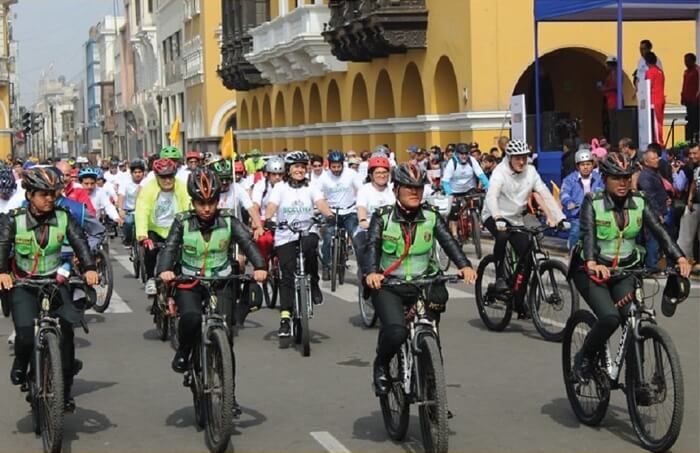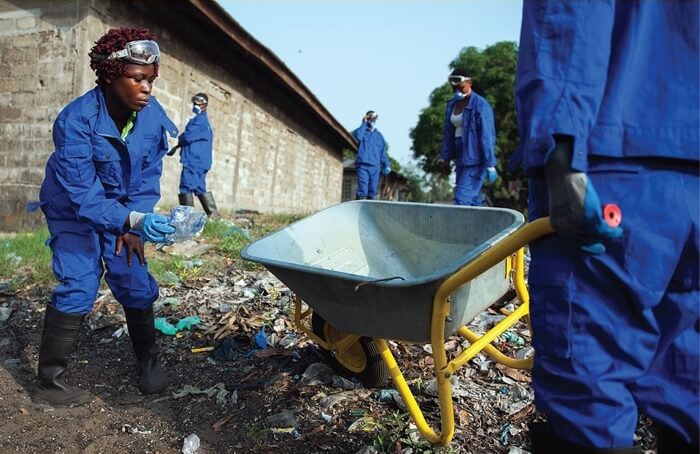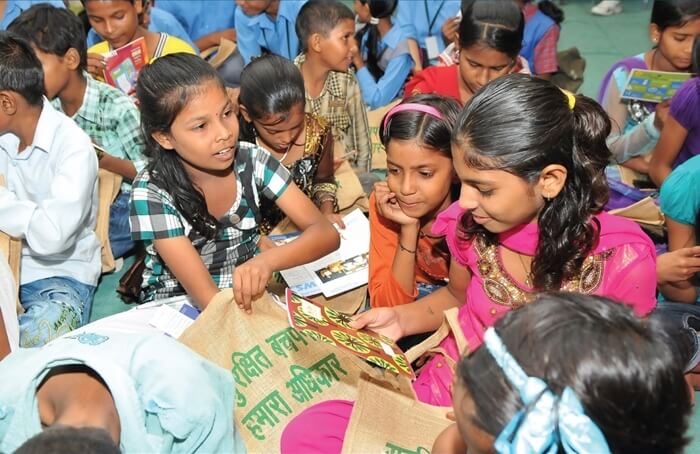Excerpt from unescap.org
The Pacific Small Island Developing States (PSIDS) are among the most vulnerable countries in the world to the impacts of climate change. The World Risk Index 2021 ranks several Pacific Island countries among the most at-risk countries, with Vanuatu, Solomon Islands and Tonga ranking first, second and third, respectively, and Papua New Guinea, Fiji and Kiribati ranking among the top-20. Although each country is affected by climate change differently, common risks include rising sea levels, stronger and more frequent tropical storms, soil erosion, food and water security, and damage to infrastructure.
Addressing the challenges of climate change in the Pacific SIDS will require a substantial mobilization of investments, especially to enhance resilience to climate-related natural disasters. However, such mobilization faces major obstacles because of the region’s large public debt burdens, which further increased because of the COVID-19 pandemic.
According to the debt sustainability analyses (DSA) of the IMF and the World Bank, the majority of the PSIDS – including Kiribati, Marshall Islands, Federated States of Micronesia, Papua New Guinea, Samoa, Tonga, and Tuvalu – are assessed at high risk of debt distress. However, in all these countries except Papua New Guinea this assessment preceded the pandemic.
The high risk of debt distress of the PSIDS is directly related to their high vulnerability to climate change. A good example is the IMF/World Bank DSA of Samoa of 2018. It points out that “the recovery efforts and reconstruction required after the 2009 tsunami and 2012 Cyclone Evan were largely financed by borrowing, pushing total public debt close to 58 percent of GDP in FY2014/15—well above the government’s threshold target of 50 percent.”

Island Innovation is a social enterprise and digital media company at the intersection of sustainable development and communications, offering specialised services across various sectors. We bring together the private sector, government, utilities, NGOs and universities to advance innovation for sustainability and prosperity in islands worldwide.









